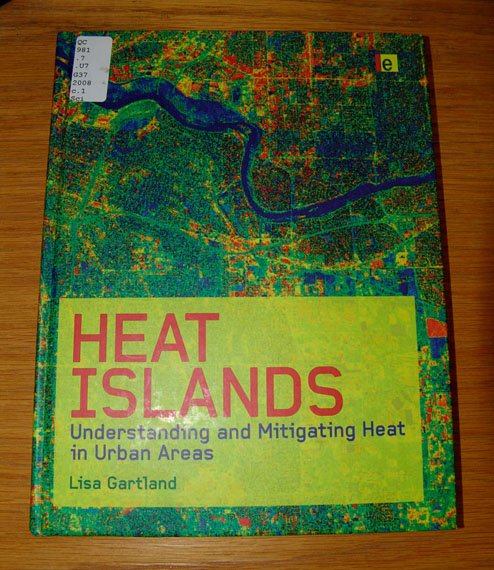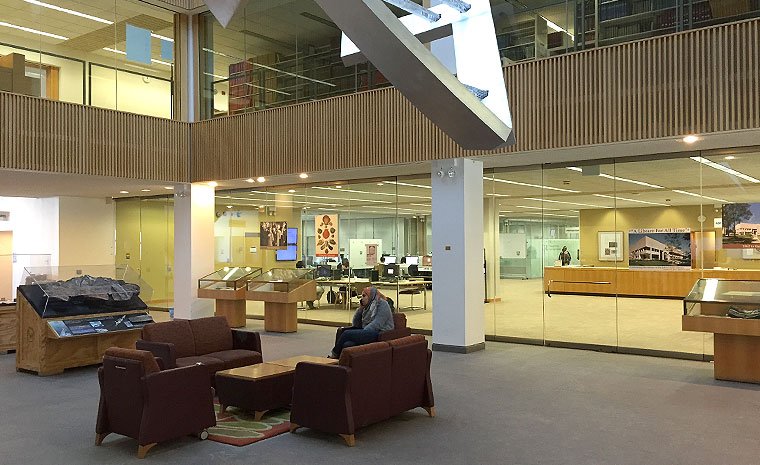Urban Heat Islands
The "Heat Island" effect causes higher air and surface temperatures in urban and suburban areas compared to surrounding rural areas. A combination of factors causes this effect. Many common construction materials absorb and retain the sun's heat, whereas natural materials do not. Building materials are impermeable and watertight and lack areas where moisture is retained to help dissipate heat. Dark building materials and canyons formed between buildings attract and trap heat. Dark and dry surfaces in direct sunlight can reach up to 190 degrees Fahrenheit during the day. Higher temperatures diminish air quality by increasing the amount of energy needed to provide cooling and therefore increase pollution production from power plants. Smog production also rises because the heat lowers the chemical reaction time between two pollutants in the air: nitrogen oxides and volatile organic compounds (VOCs).
Mitigating the Urban Heat Island
Green roofs or cool roofs can mitigate the Heat Island effect and improve the climate in a region. Vegetated surfaces only reach about 70 degrees Fahrenheit in direct sunlight compared to dark and dry surfaces which can reach up to 190 degrees Fahrenheit. Vegetation retains moisture and improves the microclimate surrounding a building.

